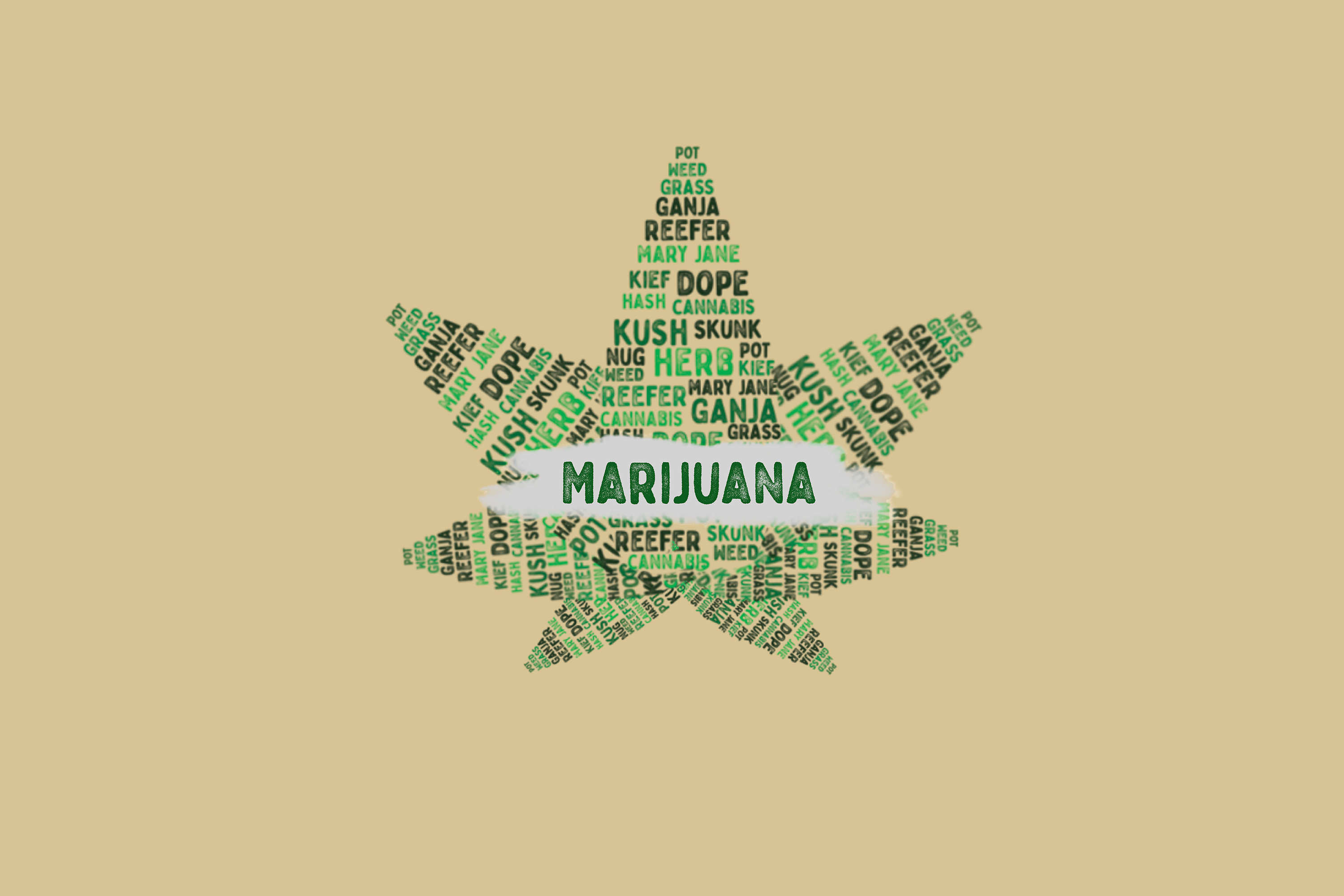It’s a little after 4:20 p.m. as the hazy smoke in your dimly-lit basement begins to reach up to the ceiling. The poorly rolled joint makes its way around the circle and back to you, diminishing in size each time. As you begin to focus a bit too hard on creating rings of smoke from your mouth, your neighbor in the circle says, “Hey, man, pass me that cannabis sativa.”
It’s been known as pot, weed, grass, ganja, dope, reefer and mary jane; but no other word is more commonly used to refer to the drug cannabis as “marijuana.” Of Mexican-Spanish origin, the word “marijuana,” or “marihuana,” was replaced with American lexicon’s “cannabis” in the early 19th century.
Today, it has become a buzzword for politics and law enforcement. The United States’ history of federally policing the widely accepted, yet taboo, word is rooted in xenophobia and misinformation.
From 1910 to 1920, the United States saw tens of thousands of Mexicans immigrating to the southwest in the wake of the Mexican Civil War. The influx of immigration escalated anti-Mexican immigrant sentiment and a campaign of “reefer madness” among white Americans, most commonly by America’s resident xenophobe and the commissioner of the Federal Bureau of Narcotics, Harry Anslinger. Anslinger’s propaganda campaigns created racist narratives, like those who smoke marijuana are of an “inferior race” and are more likely to engage in sexual promiscuity and violence. By adopting the Spanish word “marijuana,” rather than the already widely-used “cannabis,” Anslinger and other prohibition activists of the early to mid-19th century were intentionally connecting the use of marijuana by brown and black bodies, to dangerous and fabricated side effects of the drug.
The recreational use of marijuana has been legalized in 11 states, and medical marijuana has been legalized by 33 states. Last summer, New York legislators voted to decriminalize marijuana possession. According to a 2018 report by Arcview Market Research and BDS Analytics, the [legal] marijuana industry is projected to generate over $23 billion by 2022. As the number of states legalizing marijuana increases, the debate on marijuana’s racially-charged etymology becomes more and more prevalent. By adjusting our language, are we admitting to and reconciling with white America’s xenophobic past? Or does switching out “marijuana” for “cannabis” erase a problematic history and the relationships that we have created between drug use and racial profiling?






